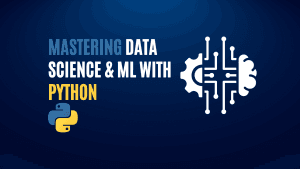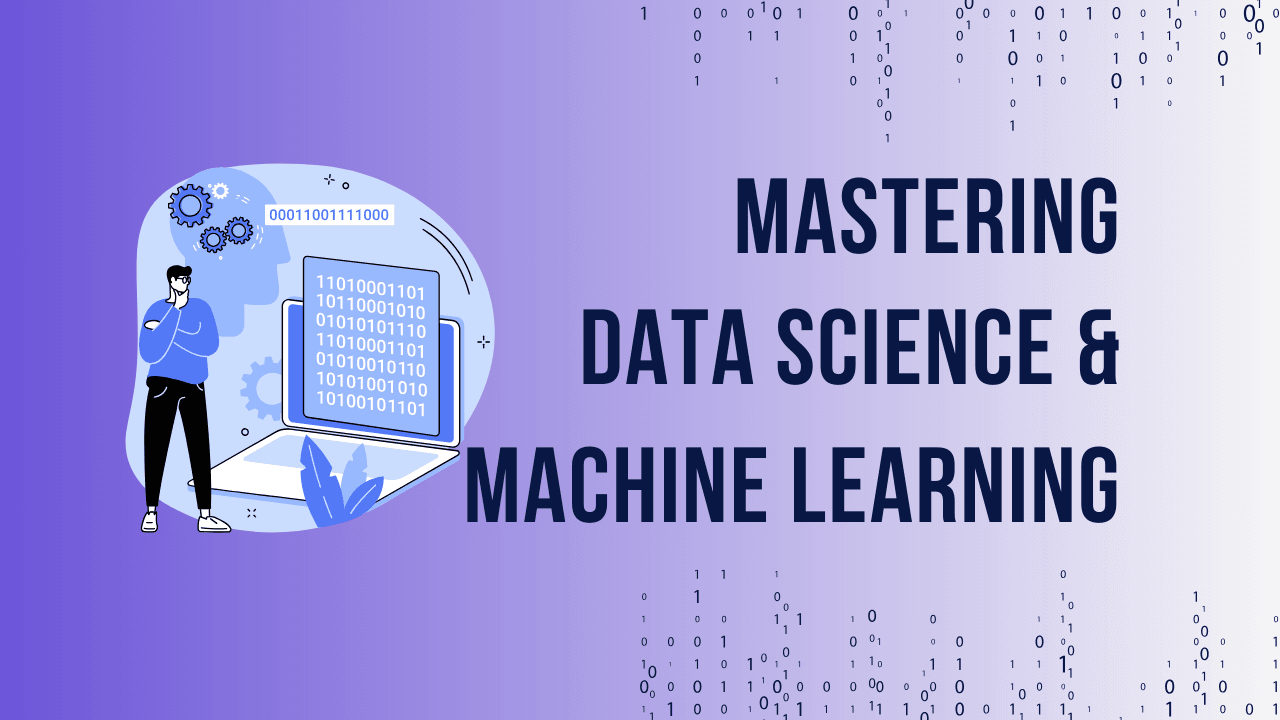Introduction
Importance of Data Science Interviews
Data Science is a rapidly growing field that offers a wide range of opportunities for professionals. Interviews in this domain are designed to assess both technical and analytical skills, as well as the candidate’s ability to solve complex problems.
What to Expect in a Data Science Interview
Expect questions that test your understanding of data science fundamentals, including technical skills, statistical knowledge, machine learning concepts, and real-world application scenarios. Behavioral questions may also be asked to gauge your teamwork and leadership abilities.
Ready to take you Data Science and Machine Learning skills to the next level? Check out our comprehensive Mastering Data Science and ML with Python course.
Table of Contents
ToggleOur Students Testimonials:
Basic Concepts
What is Data Science?
Data Science is an interdisciplinary field that uses scientific methods, algorithms, and systems to extract insights from structured and unstructured data. It combines aspects of statistics, computer science, and domain knowledge.
Key Components of Data Science
The key components include data collection, data processing, data analysis, and data visualization. Understanding these components is crucial for solving data-driven problems.
Technical Skills
Programming Languages (Python, R)
Proficiency in programming languages like Python and R is essential. Python is widely used for its simplicity and versatility, while R is favored for statistical analysis.
Data Wrangling Techniques
Data wrangling involves cleaning and transforming raw data into a usable format. Techniques include handling missing values, normalizing data, and data integration.
Common Data Structures
Understanding data structures such as arrays, lists, dictionaries, and data frames is fundamental. These structures are used to store and manipulate data efficiently.
Data Analysis and Visualization
Importance of Data Analysis
Data analysis helps in identifying patterns, trends, and relationships within data. It is a critical step in making data-driven decisions.
Popular Data Visualization Tools
Tools like Tableau, Power BI, and Matplotlib in Python are commonly used for visualizing data. They help in presenting data insights in a clear and understandable manner.
Ready to take you Data Science and Machine Learning skills to the next level? Check out our comprehensive Mastering Data Science and ML with Python course.
Machine Learning Basics
What is Machine Learning?
Machine Learning is a subset of artificial intelligence that enables systems to learn and improve from experience without being explicitly programmed.
Types of Machine Learning
The three main types are supervised learning, unsupervised learning, and reinforcement learning. Each type has its specific applications and algorithms.
Common Algorithms in Data Science
Algorithms such as linear regression, decision trees, and support vector machines are frequently used. Understanding these algorithms is essential for building predictive models.
Advanced Machine Learning Techniques
Deep Learning vs. Machine Learning
Deep Learning is a specialized form of machine learning that uses neural networks with many layers. It is particularly effective in areas like image and speech recognition.
Common Algorithms in Data Science
Neural networks are composed of layers of interconnected nodes. They are modeled after the human brain and are used in deep learning to identify patterns in data.
Statistics and Probability
Role of Statistics in Data Science
Statistics is the backbone of data science. It helps in making inferences from data and validating models. Concepts like mean, median, variance, and standard deviation are fundamental.
Key Probability Concepts
Understanding probability distributions, conditional probability, and Bayes’ theorem is essential for building and evaluating models in data science.
SQL and Databases
Importance of SQL in Data Science
SQL (Structured Query Language) is used for managing and querying relational databases. It is a vital skill for retrieving and manipulating data stored in databases.
Common SQL Queries
Familiarity with SQL queries such as SELECT, JOIN, and GROUP BY is crucial. These queries are used to extract specific data from large datasets.
Ready to take you Data Science and Machine Learning skills to the next level? Check out our comprehensive Mastering Data Science and ML with Python course.
Common Data Science Challenges
Data Quality Issues
Data quality is a common challenge in data science. Issues like missing data, inconsistencies, and errors can affect the accuracy of models.
Dealing with Imbalanced Datasets
Imbalanced datasets, where one class significantly outnumbers another, can lead to biased models. Techniques like oversampling, undersampling, and using different metrics can help address this issue.
Future of Data Science
Emerging Trends in Data Science
Trends like AutoML, AI ethics, and data privacy are shaping the future of data science. Staying informed about these trends can give you a competitive edge.
The Growing Role of AI and Automation
AI and automation are becoming integral to data science, enabling faster and more accurate analysis. Understanding these technologies is crucial for future data scientists.
Conclusion
Recap of Key Points
In this article, we covered the essential topics and questions commonly asked in data science interviews, ranging from technical skills to real-world applications.
Final Thoughts
Preparing for a data science interview requires a combination of technical knowledge, problem-solving skills, and practical experience. Stay persistent, practice regularly, and continue learning to succeed.
FAQs
What is the best way to prepare for a Data Science interview?
The best way to prepare is by studying key concepts, practicing coding problems, and understanding real-world applications of data science.
How important are soft skills in Data Science interviews?
Soft skills like communication, teamwork, and problem-solving are crucial. They demonstrate your ability to work effectively in a team and handle complex challenges.
What are the common mistakes to avoid during an interview?
Common mistakes include not understanding the role, neglecting soft skills, and failing to communicate your thought process. Practice and preparation are key to avoiding these pitfalls.
Ready to take you Data Science and Machine Learning skills to the next level? Check out our comprehensive Mastering Data Science and ML with Python course.



